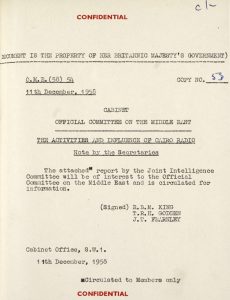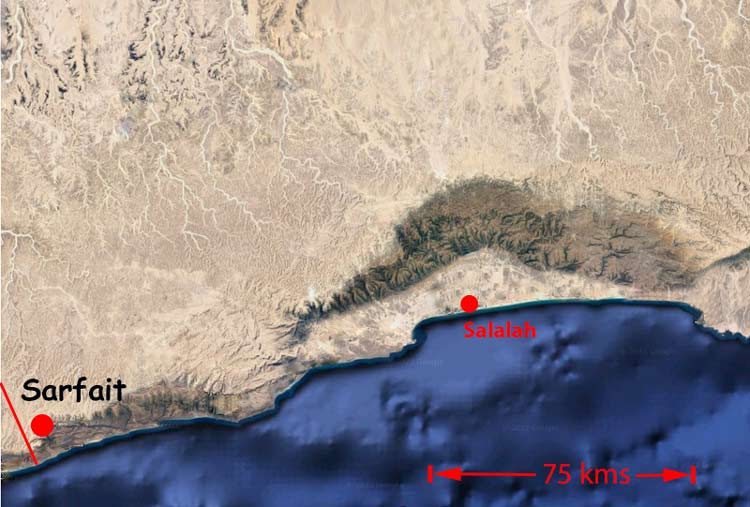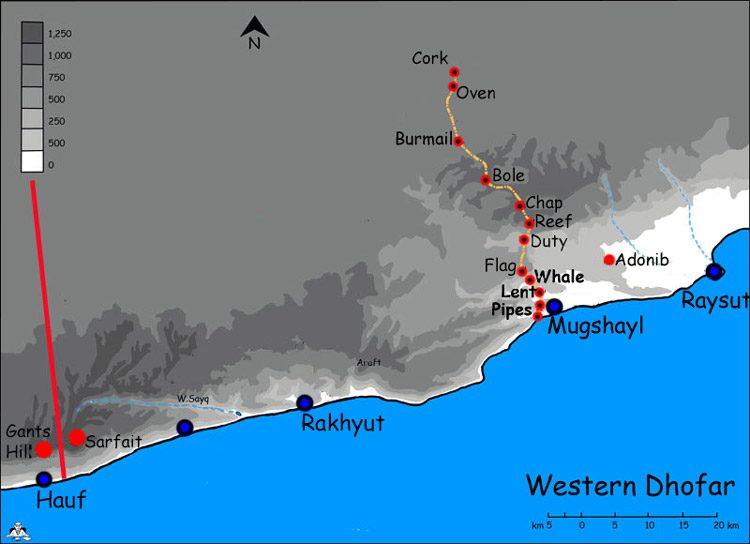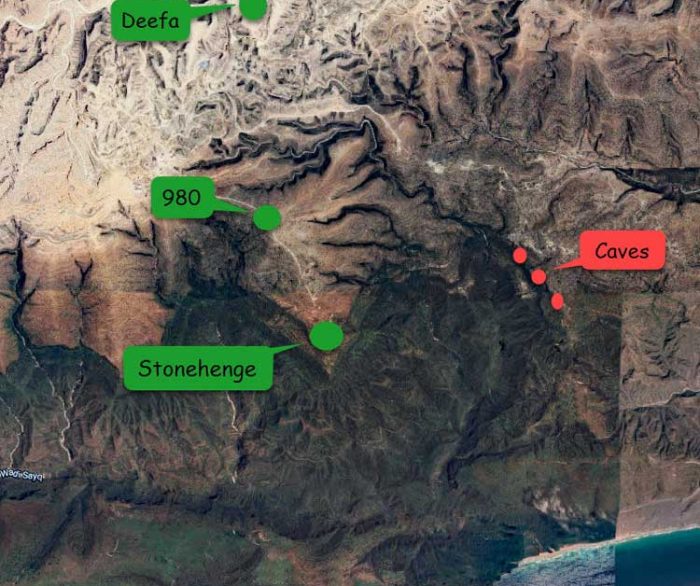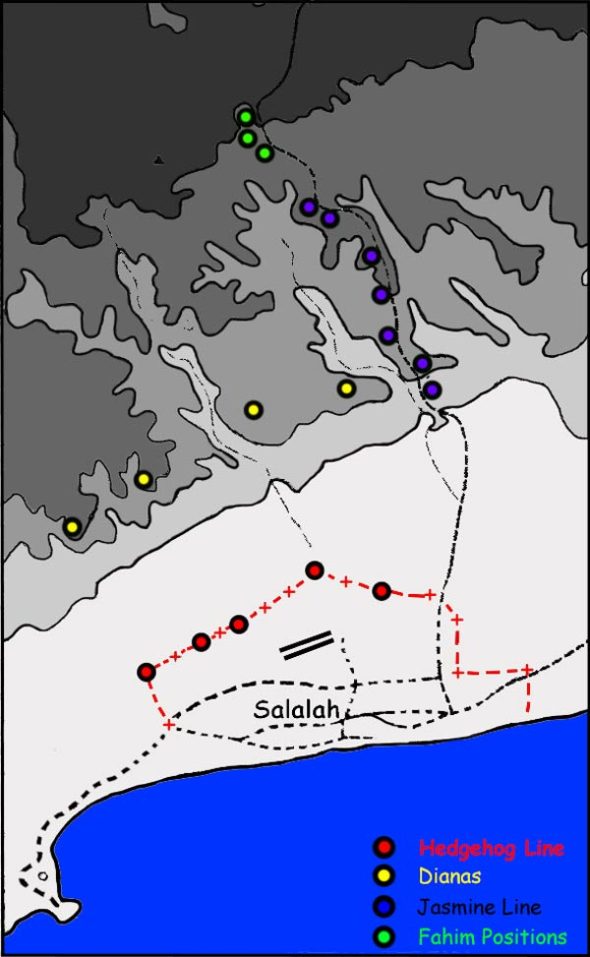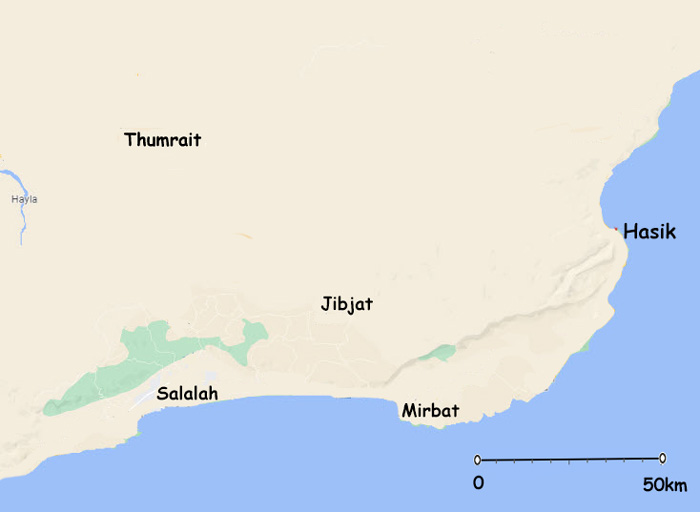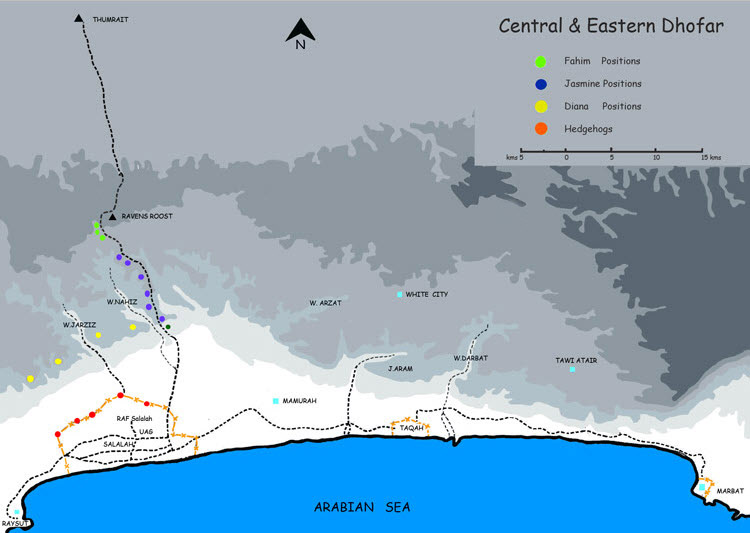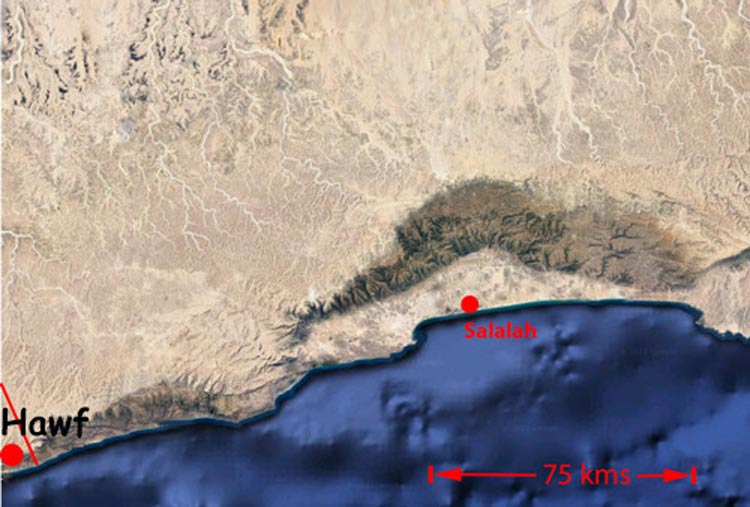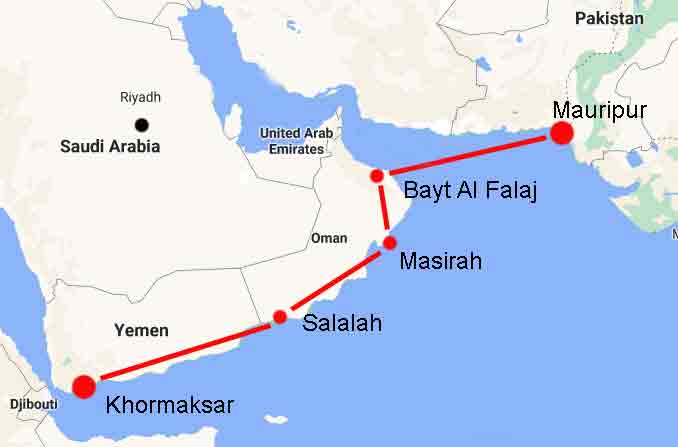
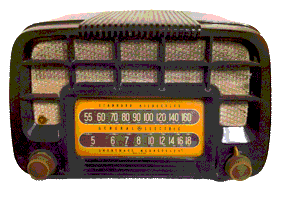
In the sixties and seventies Cairo Radio was very active broadcasting propaganda to the Middle East on the Medium and Long Waves. Broadcasts on these frequencies are affected by changes in the ionosphere and by other localised changes. Reception changes daily and is quite variable over day and night. During the day only local signals can usually be received whereas at night ranges of 1200 miles are not uncommon. Medium wave is also vulnerable to interference.
Accordingly Cairo Radio had a number of repeater stations in friendly countries. The principle transmitters in Egypt had a power output of 150Kw (nearly 40,000 times the output of a PRC 316 but that only ran on a 16v dry battery !!!). The peripheral transmitters often had an output of 100Kw. The antennas associated with these transmitters were often large and were often constructed to aim the transmissions at one particular place e.g. Dhofar
Much had happened technically following WW2 which allowed those in remote places to receive radio broadcasts.
Immediately after the war a radio would be based on thermionic valve technology. They usually required both a HT(high tension) and a LT(low tension) battery. They might be either rechargeable lead acid or “dry” batteries. In established communities mains electricity would be used. Mains was not available in the Dhofari hinterland and it is unlikely that there would be a supply of dry batteries or the ability to charge lead acid batteries up on the jebel.
In 1948 the transistor was invented in the USA and suddenly radio receivers could be made that ran on simple low voltage dry batteries that could power them for many hours. The circuits, to begin with, were simple; the day of the “red spot” transistor had arrived.
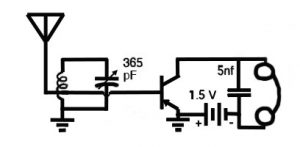
Printed circuit boards invented before WW” allowed the Japanese to quickly surge ahead of their competitors and on account of low labour costs and innovative design were soon producing huge numbers of cheap “Trannies”. In 1972 the cost of a simple portable radio had dropped below $5.
A radio receiver is only as good as its antenna. The best antenna is a dipole but this is cumbersome and very visible as it has to be raised half a wavelength above ground for best results; cumbersome and not very discrete on the jebel. Next best would be a long wire; again not very practical.
In 1930 the Japanese had invented a ceramic material named “ferrite”. A short 6ins bar of ferrite with a couple copper coils wound around it made a very effective medium wave antenna which could be fitted into the plastic case of a tranistor radio.
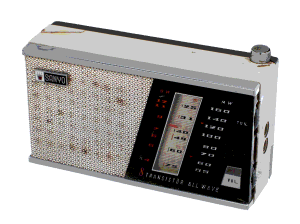
In 1972 the cost of a simple portable radio had dropped below $5 and SAF hit upon the idea of setting up a Radio Salalah/Dhofar and giving the jebalis these cheap transistor radios and thereby influencing the way they thought.
The adoo, never far behind, hit upon the idea of smashing up these radios.
The jebalis were philosophical about this as they had acquired the “trannies” at no cost to themselves.
The word is that BATT hit upon the idea of selling the radio to the jebalis. The jebalis were basically acquisitive and possessive and the notion was that if they themselves had paid for the radios they would not let the dissidents break up their precious electronics. It seemed that SAF and BATT were right.
The jebalis could of course not only receive local broadcasts but those from more distant places albeit subject to the vagaries of medium wave propagation through the ether. News and propaganda from Salalah was obvious broadcast content. The BBC’s foreign service might be understood by a few on the jebel. However Radio Libya, Radios Cairo, Damascus, Iraq, China, Russia and the Aden News Agency would also get through, if not to those who only understood jebali, but to many more who understood Arabic and could pass on by word of mouth what had been said.
SAF listened in. The general population listened in. The British Diplomatic Service listened in. The jebalis in their round stone and wooden huts, concealing their newly precious radios from the oppressive adoo, listened in. The comparison between what had actually happened and what Aden Radio said had happened sometimes was quite extraordinary. That said they were often spot on with their reports and it was those that they hoped would give them credibility with the jebalis.
Perhaps worryingly for their masters in PDRY the adoo also listened in and the broadcasters had to be careful not to exaggerate their claims to have defeated sections of the sultan’s army when the men on the ground knew that this was not so. Sometimes however Radio Cairo and Radio Aden could not help themselves and they went a bit over the top.
The Foreign and Commonwealth Office The British Diplomatic Service and others took a deep interest in Radio Cairo. The document below relates to the JIC description and appraisal of Radio Cairo and other related broadcast stations 1958

